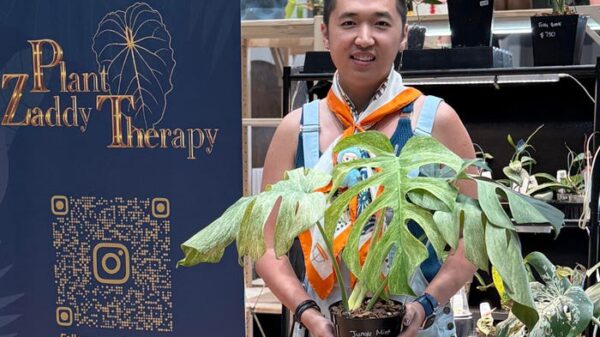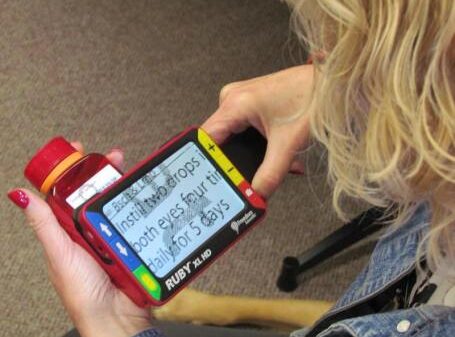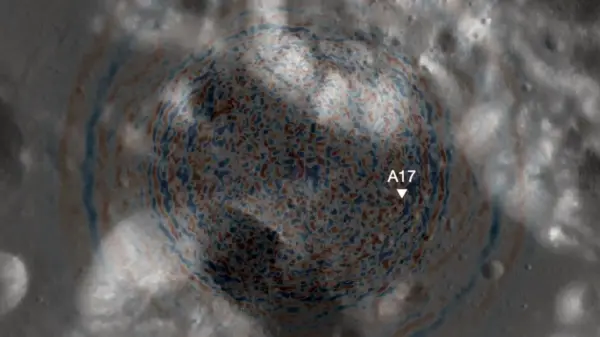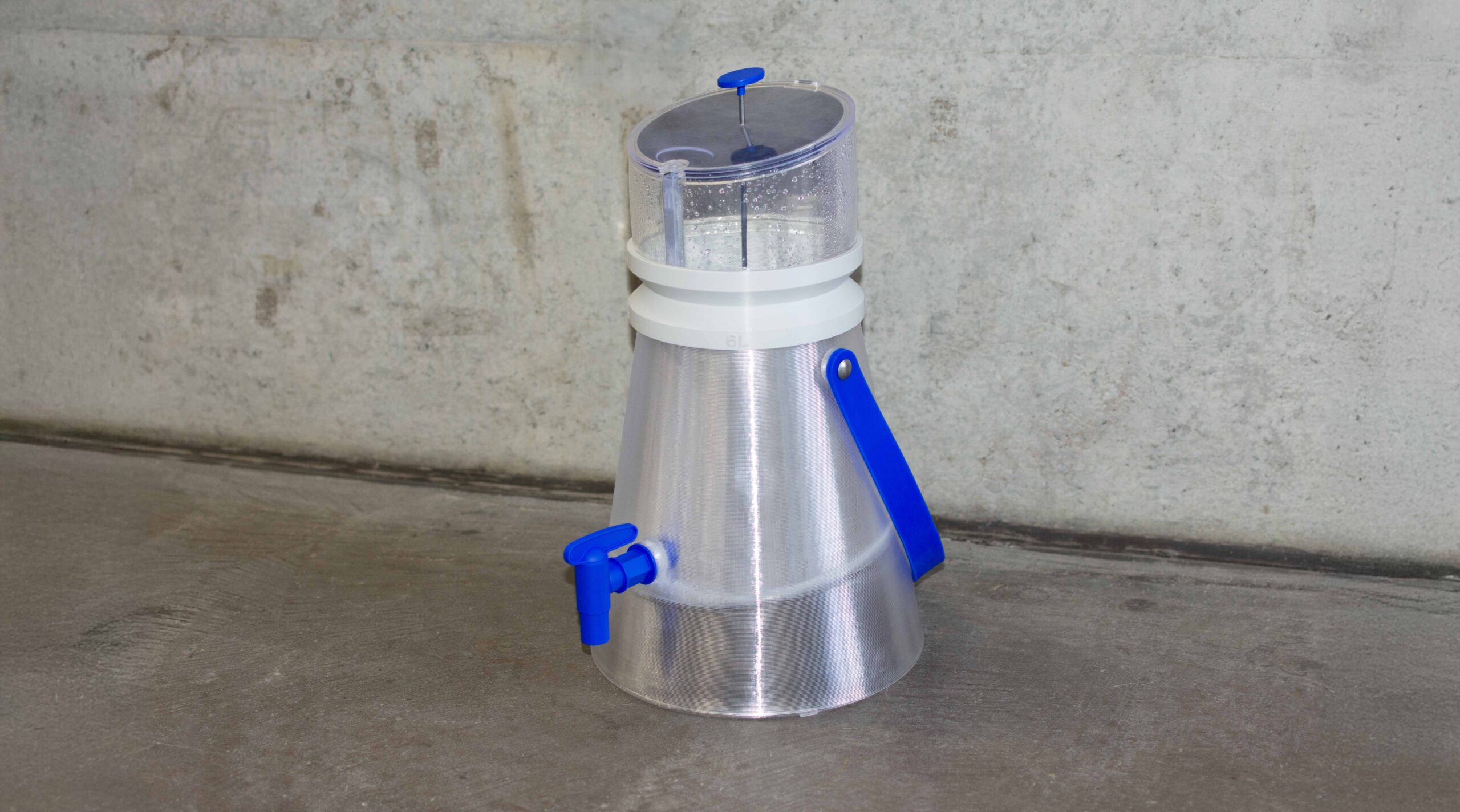A novel 3D-printed device called Water from Air can generate drinking water from moisture in the atmosphere, addressing a pressing global issue. Designed by recent graduates Louisa Graupe and Julika Schwarz from FH Münster University of Applied Sciences, this prototype promises to produce up to 1.6 gallons of clean water daily, providing a potential solution for households facing water scarcity.
The device operates by drawing in moisture from the air, utilizing advanced materials to trap water molecules and condense them into drinkable water. Built-in metal-organic frameworks filter out most air pollutants, which may eliminate the need for additional filtration. Users can access the collected water through a spigot at the bottom of the device, allowing for easy pouring into containers.
Transforming Water Access
Currently, the Water from Air device features stackable components produced via 3D printing. The top section, resembling a French press, opens to intake air. After approximately one hour, the hatch closes, initiating a heating process that triggers condensation. Each cycle takes about two hours and yields roughly 17 fluid ounces, equivalent to a medium-sized plastic water bottle. If operated continuously, the device can meet the daily water needs of a family of four, based on a consumption rate of 1.5 liters per person.
Despite its promising design, the device is still in development. In responses on the design platform Behance, Schwarz noted that the materials are under ongoing research and the patenting process is in progress. Pricing for the device has not yet been disclosed.
“Our goal was to illustrate the potential of this novel material through a user-friendly and self-sufficient product design,” Schwarz remarked. This vision highlights the intention to create a product that can be deployed outside of laboratory conditions.
Tackling Global Water Insecurity
Graupe and Schwarz were motivated to create the device in light of increasing water insecurity worldwide. According to the Centers for Disease Control and Prevention, approximately 2.2 million people in the United States live in homes lacking basic plumbing or running water. Research from Arizona State University estimates that up to 12 percent of U.S. residents face some level of water insecurity, impacting communities disproportionately, particularly among Latino, Black, and Indigenous populations.
On a global scale, the challenge is even more pronounced. The World Economic Forum reports that around 72 percent of the global population experiences some form of water insecurity, with 8 percent facing critical levels. Current methods to combat this issue often involve costly and complex systems, which may not suit the specific needs of individual households.
The Water from Air device presents a potential alternative. Its 3D-printed structure means that communities around the world could manufacture their own units locally, reducing reliance on centralized distribution systems.
“The basic idea of obtaining water from the air has great potential for the future, as the need for clean water sources is increasing,” Graupe and Schwarz stated on Behance. They envision larger applications where entire communities could benefit from such devices, underscoring the importance of innovation in addressing one of the most critical resources on the planet.





































































